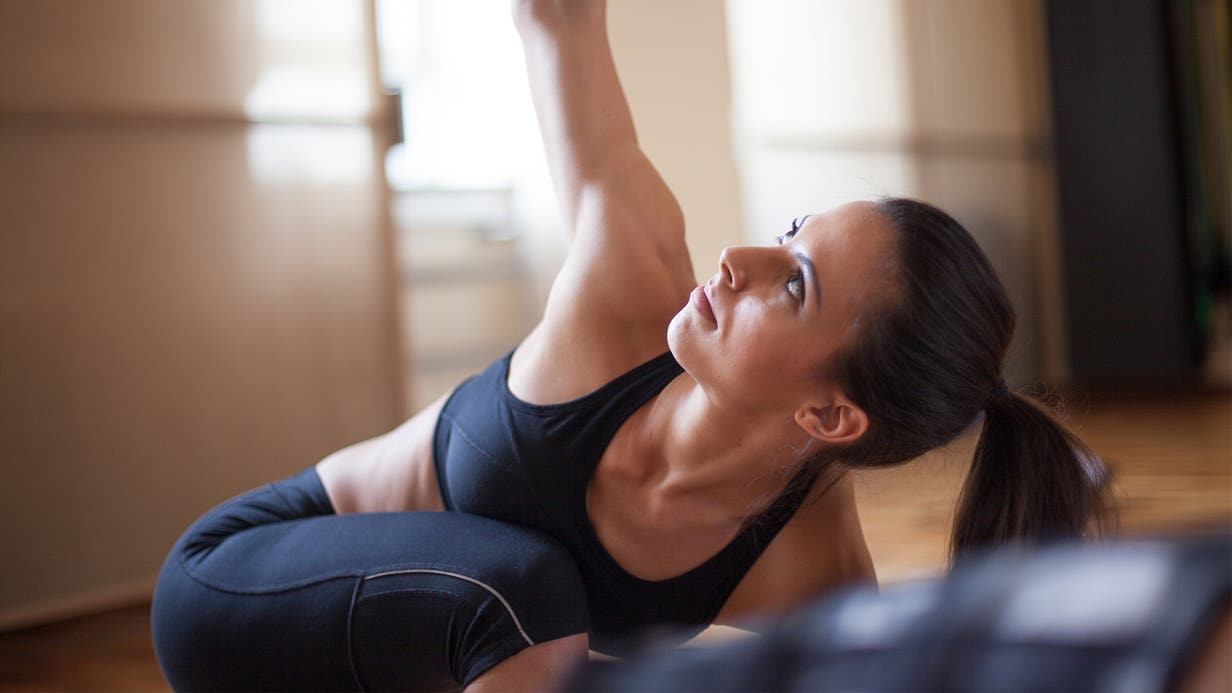Growing old sucks, but it’s unavoidable. And unfortunately, it happens much faster than we expect it to. In fact, they say that once you turn 30, it’s likely your body has already reached its peak performance, and changes – which result in a gradual loss of physical capacities – are slowly but surely happening. With that being said, it’s never too early or late to start strengthening your body and protecting it against back pain, hip injuries and other problems that come with age. Here’s how regular sports and efficient training can turn back the clock.
Training: protecting your muscles and bones
After 30, our body composition slowly starts to change. According to research, the body loses around 1% of muscle mass and gains around 0,2% of fat per year. Unless necessary precautions are taken, this decrease in muscle and therefore strength, leads to a general loss of mobility and coordination. This not only affects athletic performance, but even simple everyday tasks, like going up and down stairs, become a lot more challenging. Due to a lack of coordination, the risk of falling increases and as bones get weaker with age, broken bones and injuries are common.
According to several studies, resistance training is a good way to slow down these effects. In other words, exercises which create an external resistance that forces your muscles to contract will help to increase and maintain strength and muscle mass. External resistance could be your own bodyweight, a barbell or performing an exercise with a resistance band. If you combine such exercises with a good diet rich in protein, you can efficiently maintain muscle mass and strength. In addition, bodyweight exercises which engage your entire body improve flexibility and coordination, both essential to maintain a correct range of motion.

Stretching: keeping your joints well-oiled
Similar to the nuts and bolts in an old bicycle or car, our joints can become rusty, rigid and stiff overtime if they are not maintained or “oiled”. And it’s even worse if we spend most of our day sitting at a computer screen – which nowadays, the majority of us do. Osteoarthritis is also a common problem that occurs with age. Overtime, in the articulations – the area where two bones join – cartilage, the layer of protection on the bones, can wear away. The bones then rub directly against each other causing great pain. This causes the joints to swell and get stiffer, which are the main symptoms of such a condition.
The best way to prevent pain and problems with your joints is to regularly work on your mobility and flexibility. From foam rolling to shoulder mobility exercises or PNF stretching (for the more “advanced” athletes), by dedicating a little time each and every day to mobility and flexibility you can help keep your joints strong and supple.
Strengthening the skeletal muscles around the joints is also crucial. If the muscles are weak, the body is likely to adopt a bad posture to compensate for the lack of strength. This puts an unnatural stress on the joints, resulting in pain and injuries. Being overweight leads to the same problem. Remember, as the body gets older, its fat percentage increases. This can also put additional stress on the joints and cartilage and also lead to arthritis. To sum it up: Eat well, keep moving and pay attention to your posture – that’s how to keep your joints well-oiled.
Endurance: the holistic aging prevention
We already told you that endurance is the one area which isn’t affected by age as much as all the others. This is awesome because endurance sports are also the best way to maintain your body’s fitness level as you get older. A great example is running. It uses over 70% of the muscles in the body. Not just the legs but also the abdomen, torso, shoulder and neck muscles are involved in the motion of running. This regular movement maintains the joints elasticity, which helps prevent joint problems such as arthritis. As well as this, a study showed that 70 year old runners are as efficient at walking as sedentary college students.
And it’s not just running. Other endurance sports, for example, swimming or cycling are also a great way to maintain a generally good physical condition. There is even evidence that with regular endurance training, a 55 year old human body can be in the same physical condition as a 20 year old untrained human body.
So there you have it, we might not be able to stop ourselves getting older but we can prevent all those nasty aches and pains that come with it. By putting in the work now, we can maintain our muscle mass, prevent injuries and just genuinely enjoy a comfortable, pain-free life a lot longer. Invest in your health now. Your future self will thank you for it.